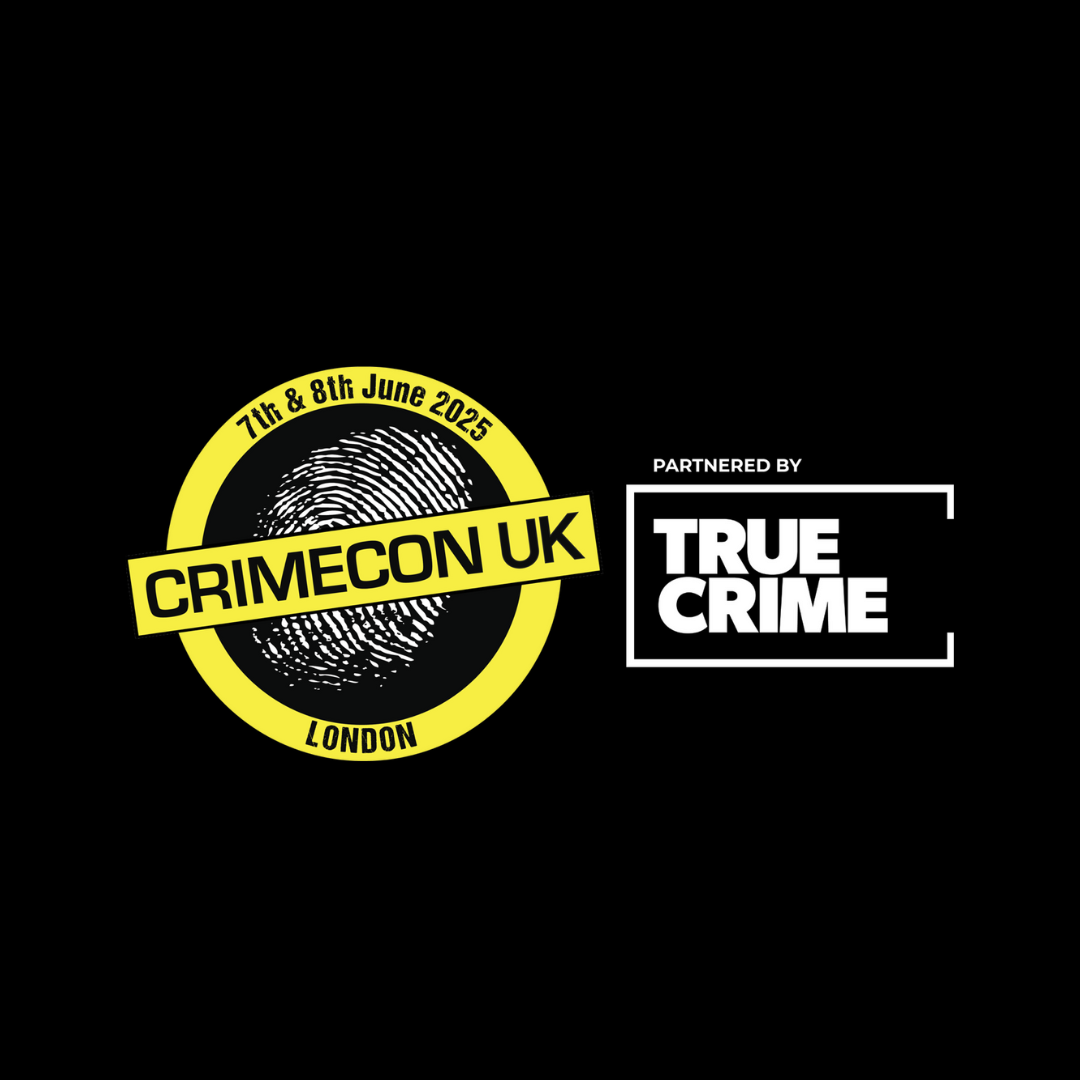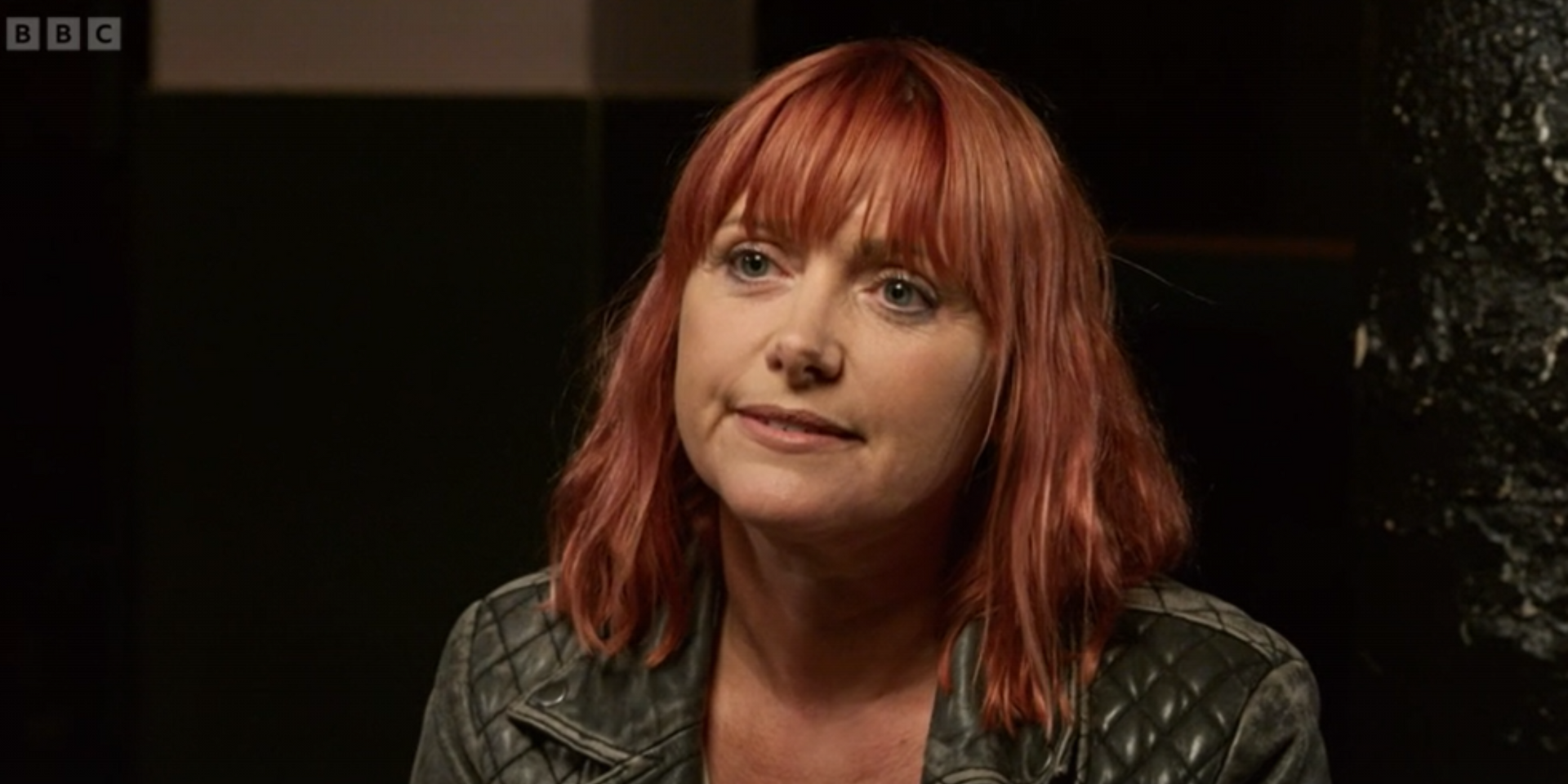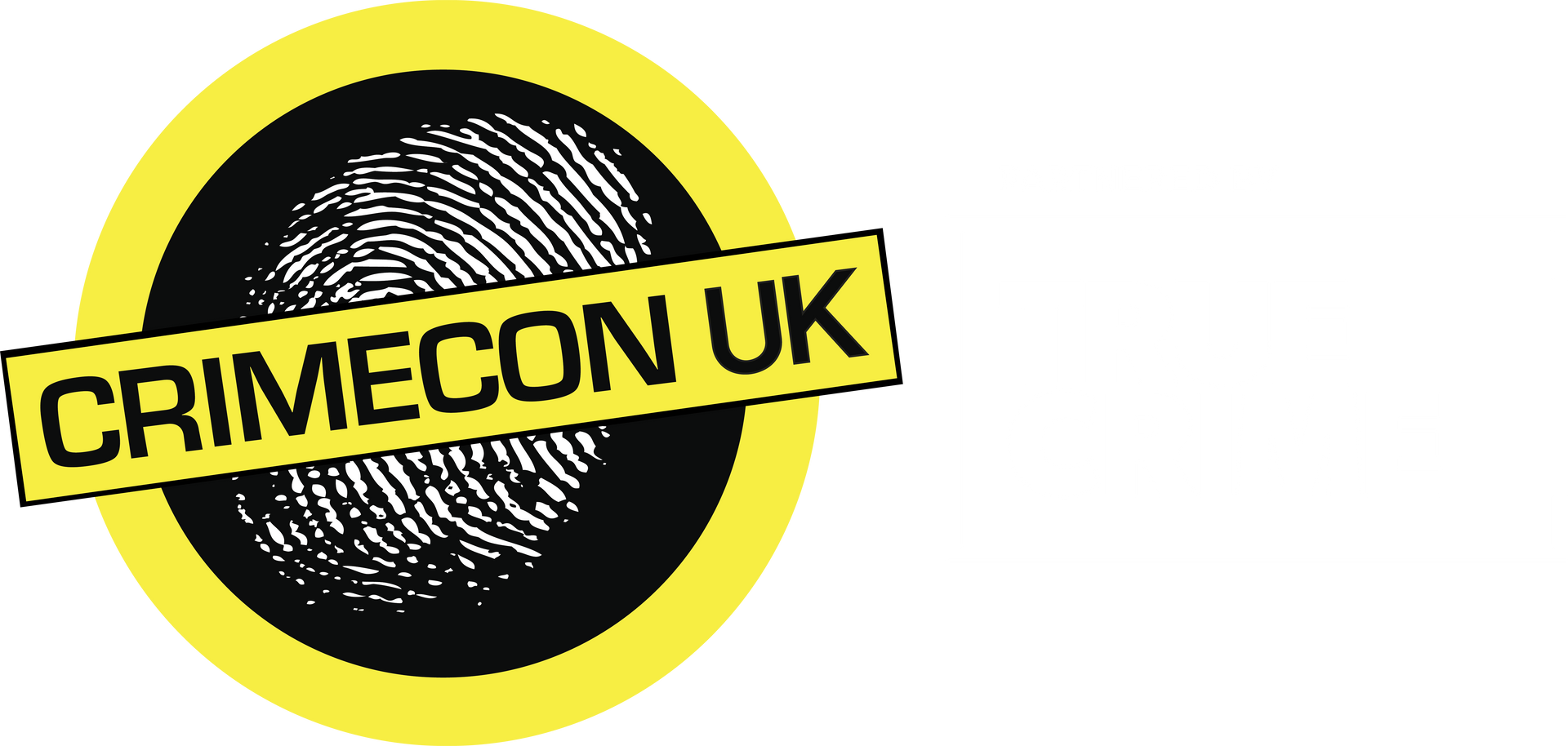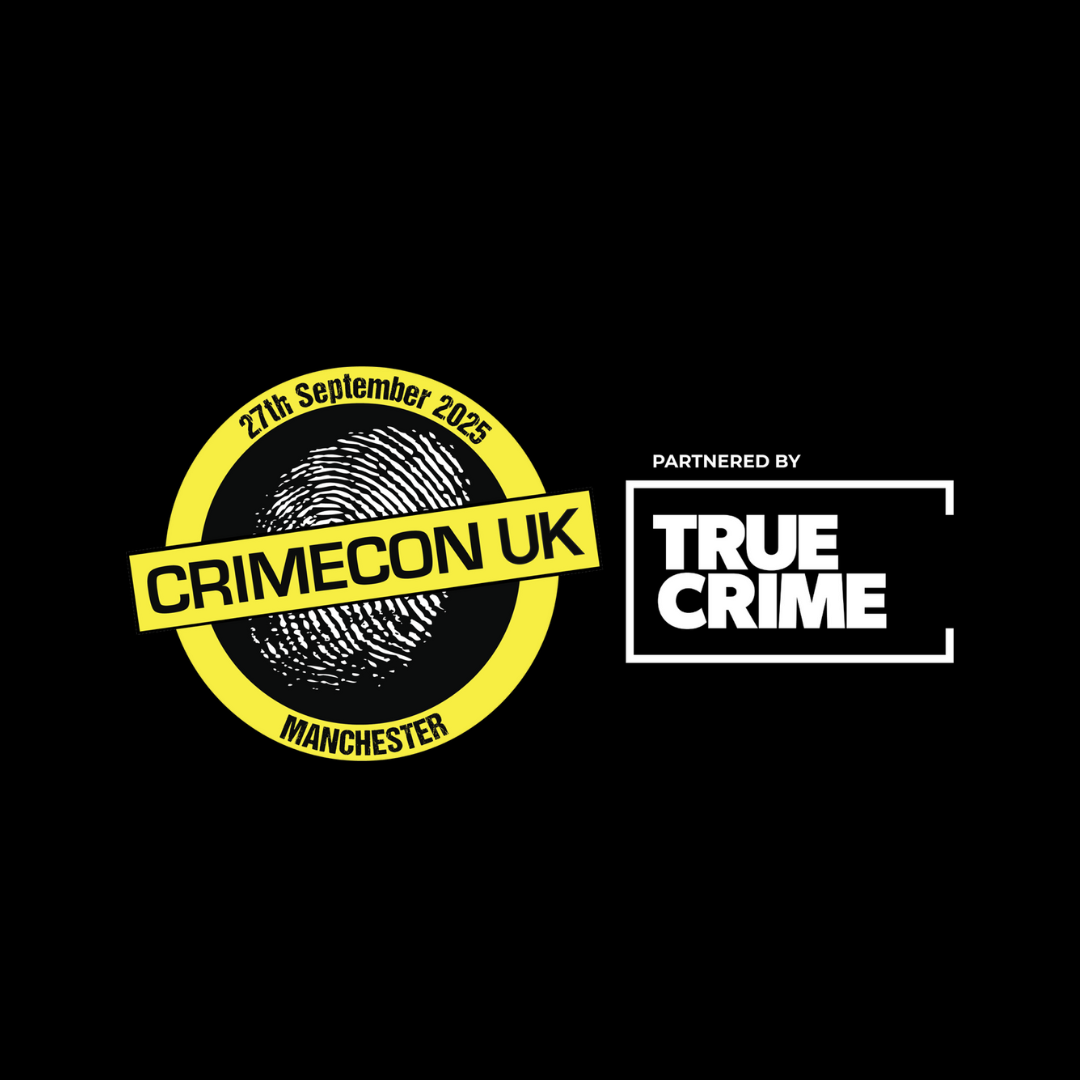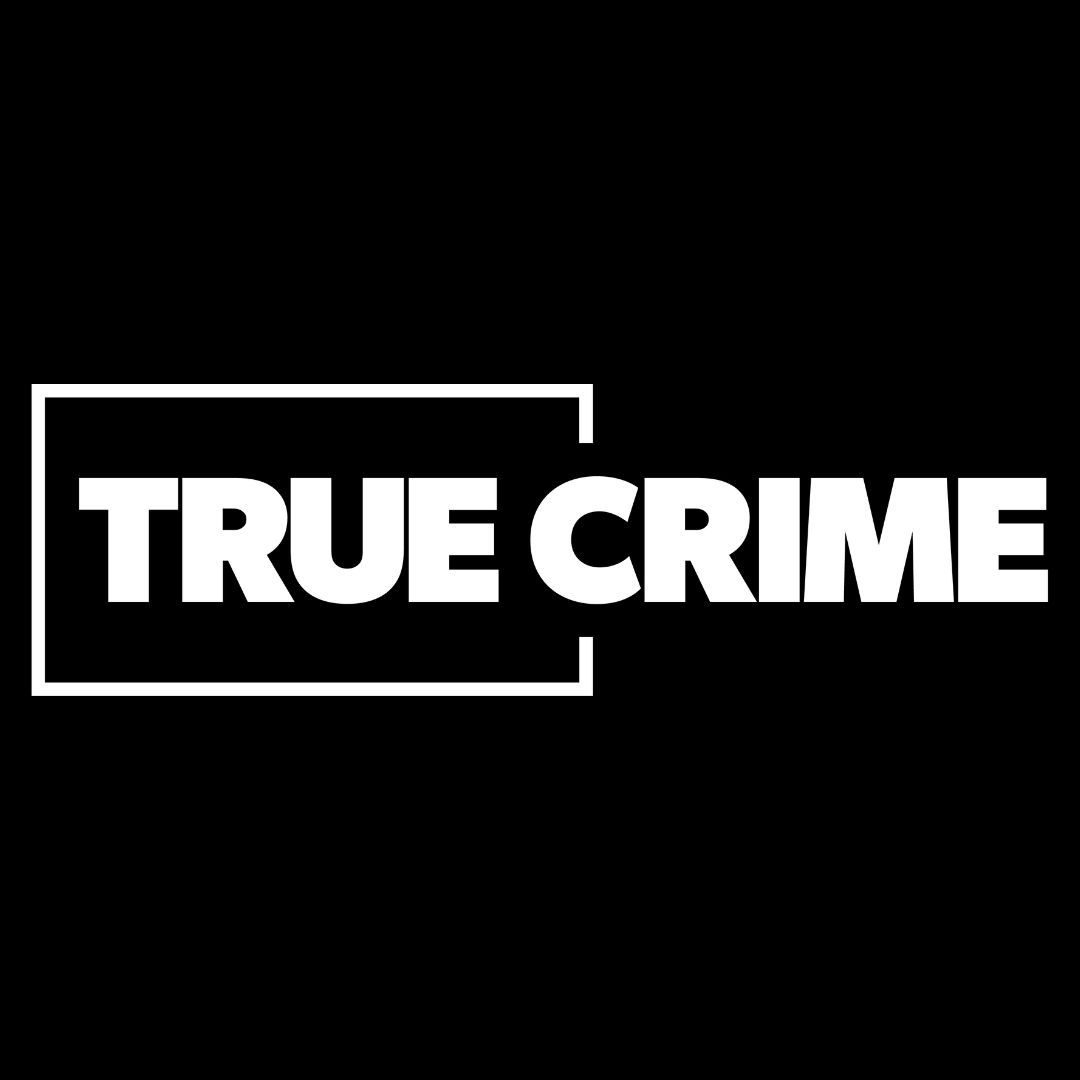10 Sites in London where Well Known Crimes have Happened
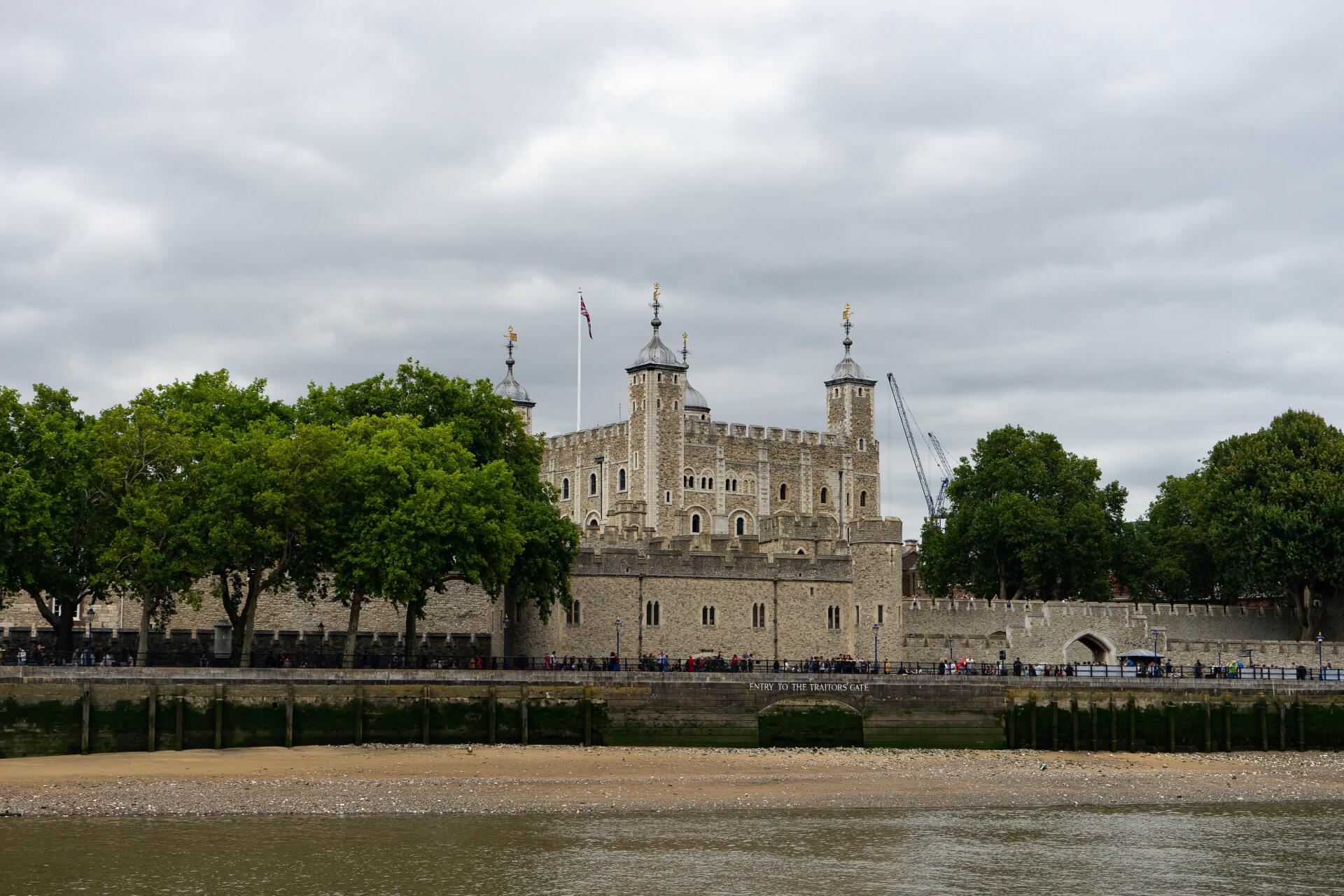
You’ve heard of the prime locations to visit in London, now how about the crime locations? The streets of London are full of culture, we walk and admire the architecture, the infrastructure, and the history surrounding us, but what else are the cobbled roads and narrow alleys concealing?
The Tower of London
This first spot may take you by surprise, but the Tower of London is somewhat of a Crown Jewel when it comes to crime and murder. The Tower was used as a prison, torture chamber, and execution site by countless monarchs throughout the Plantagenet and Tudor reigns.
The highest profile crime to occur here won the fortress the title ‘Bloody Tower’, after the two sons of King Edward IV were assassinated here to eliminate them from the battle for the throne. If that isn’t enticing enough, George, Duke of Clarence, younger brother of Edward IV, was reportedly drowned in a vat of wine in response to charges of treason in the Bowyer Tower of the Tower of London.
Tours of the tower allow access to the very spot at which it was believed the boys were buried, as well as the sites of innumerable executions of infamous historical figures, including Anne Boleyn, whose spirit is rumoured to haunt the tower to this day. Whilst the Tower is now a popular tourist spot known for the many historical artefacts it holds, the last execution at the site was less ancient than you may think, as German Spy Josef Jakobs was shot here in 1941 during the Second World War.
The Lower Room of the Bowyer Tower, believed to be the execution site of George, Duke of Clarence, and a stop on the historical tour of the Tower of London.
Smithfield Executions
On the topic of historical executions, whilst the society we live in today seems so far removed from the skeletons in its closet, it must be remembered that England frequented the Death Penalty for centuries, and at this particular site, the methods used to punish dissidents and traitors were gruesome and vile.
Queen Mary, or ‘Bloody Mary’ as she may be aptly named, put over fifty protestants to death at Smithfield in (DATE), and further Plantagenet rulers followed suit, with Richard II putting the leader of the Peasant’s Revolt in 1382 to a bloody death here.
Among the most vividly detailed executions at Smithfield was that of Lollard rebel John Badby, who was burned to death in a flaming barrel of oil. Thus, Smithfield is the death site of many martyrs of the failed revolutions against the monarchy in the 13th-14th centuries.
The Murder That Almost Revealed Jack The Ripper
Elizabeth Stride’s killing in Dutfield’s Yard differed from the other works of Jack the Ripper, as she had not been grotesquely mutilated post-partum. This would have led detectives to question whether this was indeed the work of the Ripper himself, if not for the murder of Jack’s fourth canonical victim, Catherine Eddowes, occuring an hour afterward within walking distance of the body of ‘Long Liz’. Thus, the murder of Stride was thought to have been interrupted before the Ripper could leave his trademark, catalysing his urge to kill again that same night, in a fashion which truly reflected his style as a murderer. The eerie nature of the site of Elizabeth’s death today, lies in the fact that it is now the home of an infant school.
...And The Copycat Murderer Who Wasn’t So Lucky
Anthony Hardy, now 64, became known as the Camden Ripper for the Copycat Killings of three women, and a suspected many more killings committed in the early 2000s. Hardy had spent some time in prison for vandalism in early 2002, after a neighbour had accused him of damaging her door, and the investigation led to the discovery of the body of his flatmate Sally White, 31, in their shared apartment. It was determined that Sally died of a heart attack despite suspicions of Hardy’s involvement given bruises to her head.
It was only later in 2002, that disturbed Hardy was only discovered to be emulating his idol, Jack the Ripper, when a homeless man discovered two pairs of legs in the communal bin below his social housing flat. This led to the uncovering of the strangulations and postpartum dismemberments of Elizabeth Valad, 29, and Brigette Maclennan, 34, committed in the home. It was only at this point that Hardy was also tried for the murder of Sally White.
Due to the nature of the flat being within a large block of homes, the council did not perceive it to be viable for demolition. Thus, the current tenants live comfortably in a newly refurbished palimpsest of the guilty pleasures of the Camden Ripper.
Skeletons in the Closet...and the Floorboards...and Everywhere Else
Dr John Christie was taken to Pentonville Prison after the strangled remains of his wife Ethel were discovered under the floorboards of their sitting room at 10 Rillington Place, Notting Hill, London. The investigators had thus attributed the suspicious behaviours of Christie, and the stench of rotting flesh that befell the house, to the murder of his spouse.
However, whilst in prison awaiting execution, the sick Doctor confessed to strangling a further six women on the property, two of whom he had buried in the garden, and three whose remains were discovered in their kitchen alcove.
Despite attempts to rename and rebrand the road, after a film was released in the 1970s detailing the gruesome events which happened here, the entire street was torn down and rebuilt.
The Blind Beggar
This Whitechapel pub holds a more notorious claim to fame than just an excellent pint; this establishment is forever linked to infamous mobsters the Kray Twins. On March 9, 1966, Ronnie Kray shot George Cornell, a foe from the opposing Richardson Gang, in front of a pub full of terrified onlookers.
The previous day there had been a shoot-out at nightclub ‘Mr Smith’s’, wherein the Richardson gang shot and killed Richard Hart, a close associate of the Twins. Cornell was one of the only members of the opposing gang to not have been arrested following the public shooting, and paranoid schizophrenic Ronnie Kray refused to surpass the opportunity to avenge his close companion, despite the publicity his actions afforded him.
The Bling Beggar is one of the best-preserved locations, in that you could visit and sit in the exact seat where George Cornell spoke his final words; ‘Well look who it is’
The House of Commons
This crime is shockingly uncommonly known despite being the only instance of a British Prime Minister being assassinated whilst in office. That’s right, in the May of 1812 Spencer Perceval PM was fatally shot through the heart in the lobby of the House of Commons by a disgruntled man to whom the British Embassy offered no support when he was wrongfully detained in Russia.
The assassin, John Bellingham, was hanged at Newgate Prison a week after his crime, a hasty act thought to betray the principles of justice, as the possibility of Bellingham’s relation to an uprising of traders hostile to Perceval’s economic policies was not thoroughly explored. Regardless, Perceval’s policies unraveled following his death, and the most notable event of his time in office became the manner in which he was removed from it.
The lobby of the House of Commons has undergone serious refurbishments since the passing of Perceval, but the space is nonetheless a palimpsest of all of the political encounters, bloody and all, to have crossed through its path.
Jill Dando’s House
A murder which leaves the Metropolitan Police entirely dumbfounded after the investigation of 2,000 suspects is that of British television’s ‘Golden Girl’ Jill Dando. Jill was found on her front doorstep with a single bullet wound to the head, still holding the keys to her convertible in her hand.
Dando’s selection of 29 Gowan Avenue was based almost entirely on the secluded privacy the location offered her, the very factor which played into her killer’s hand as they successfully escaped the scene unnoticed, in broad daylight.
